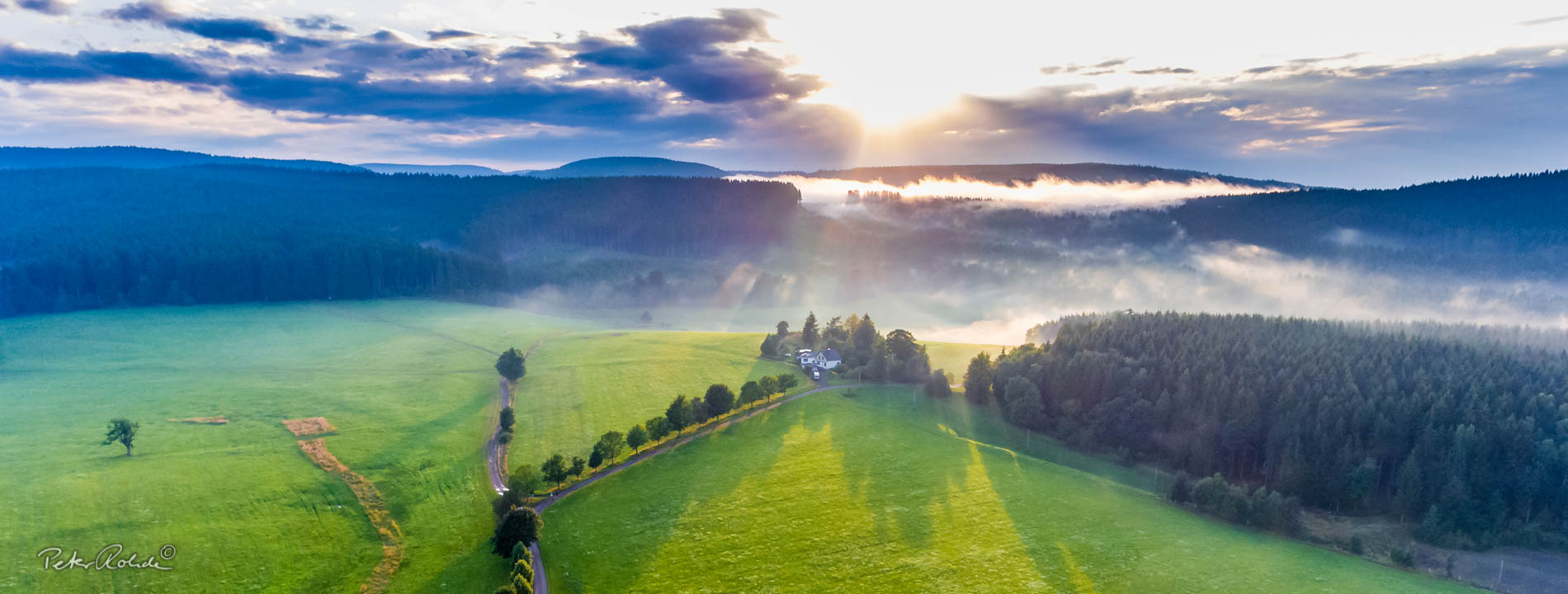
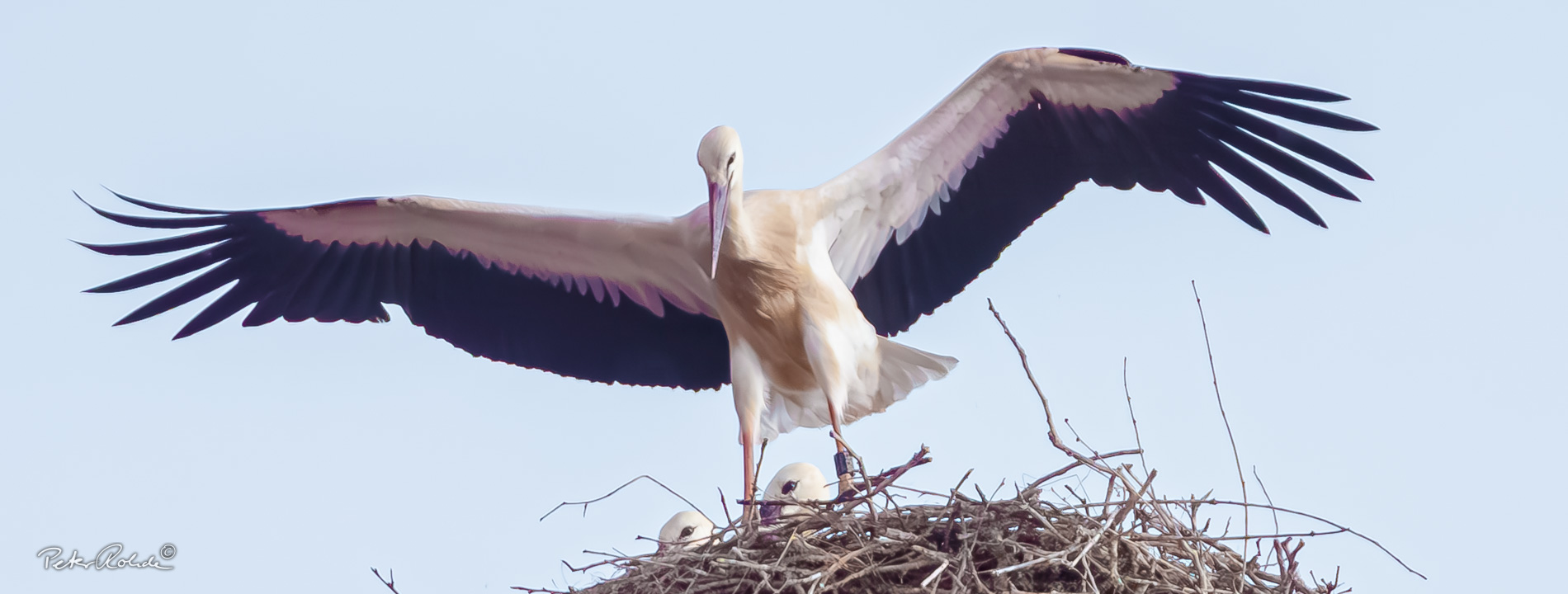
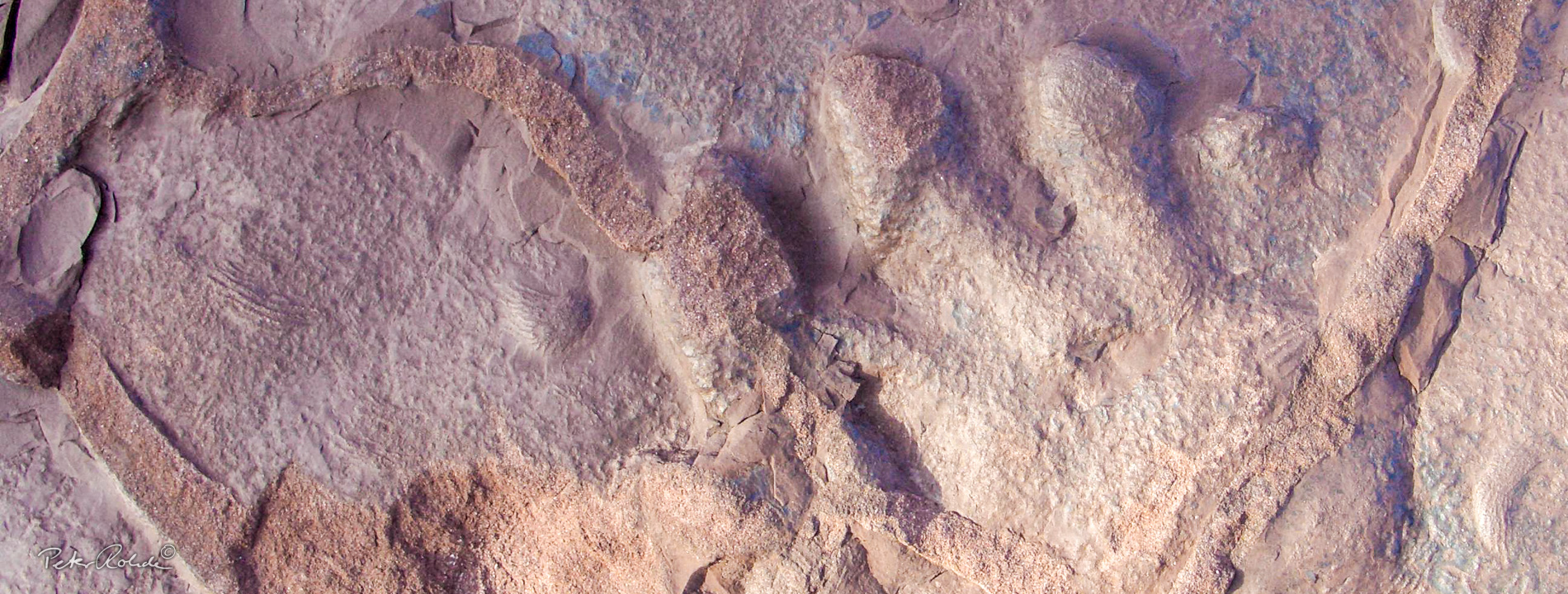
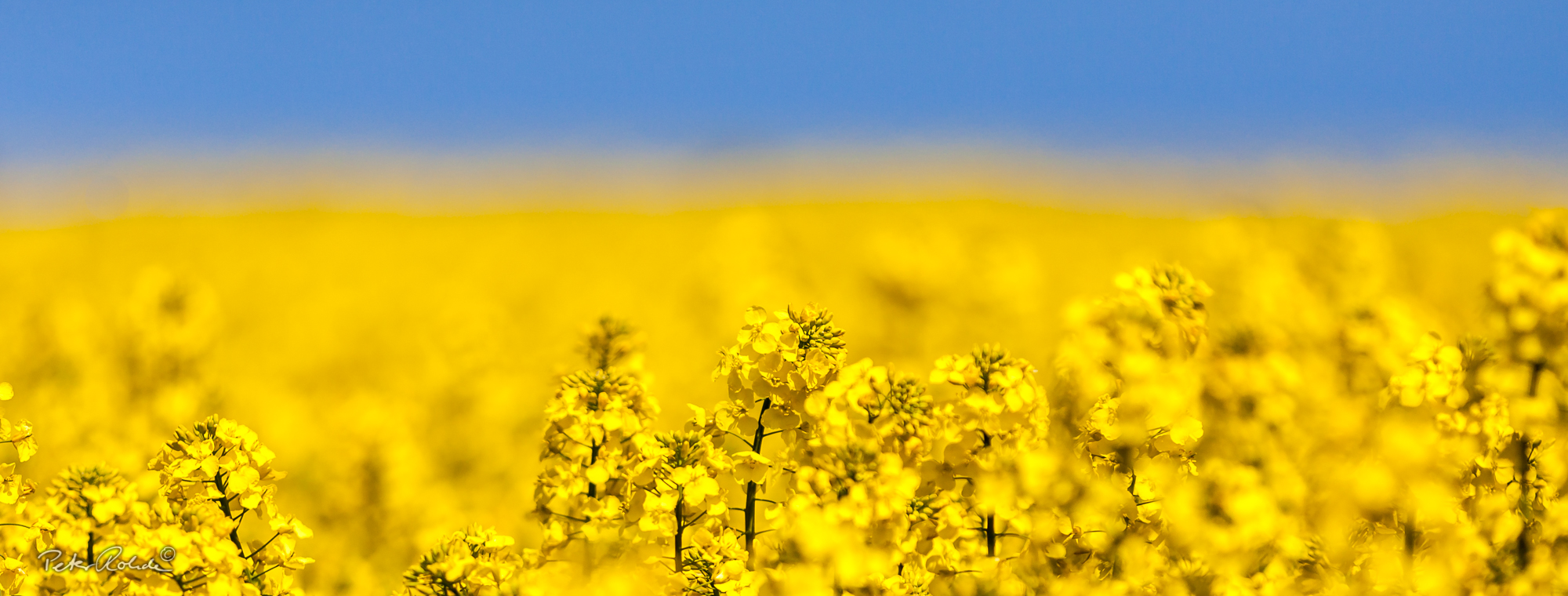

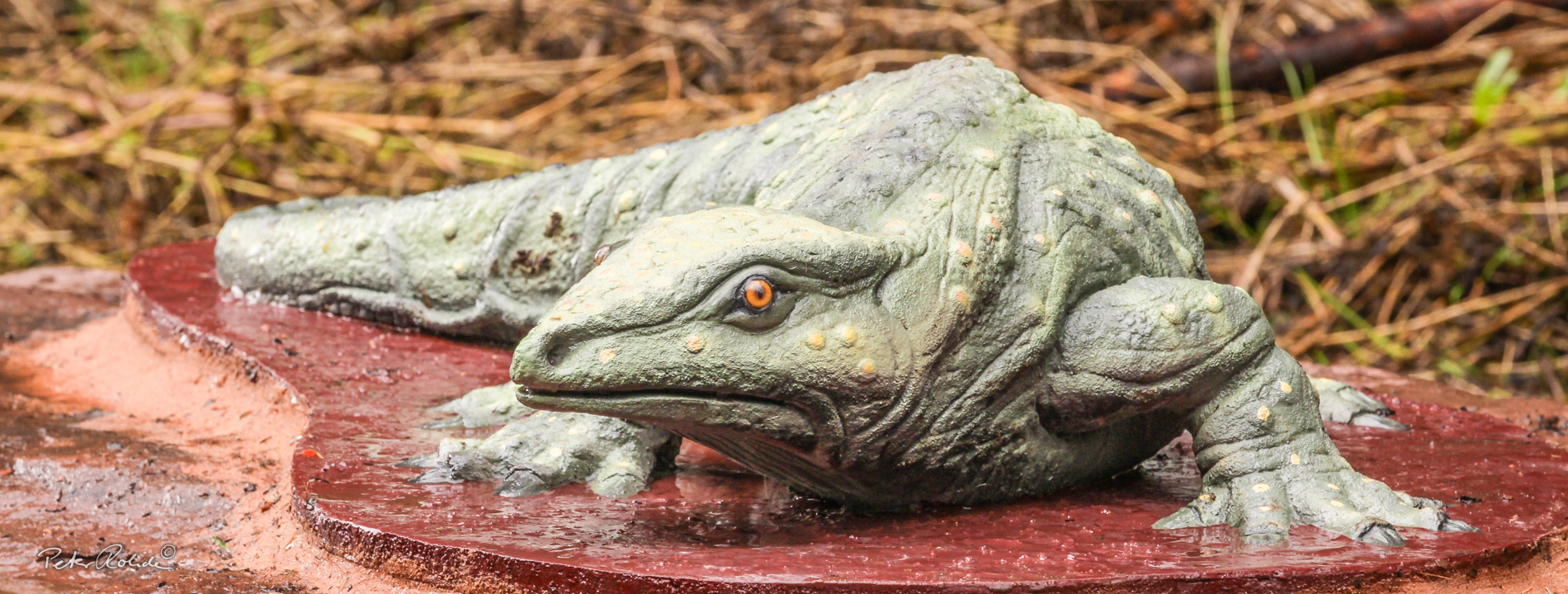
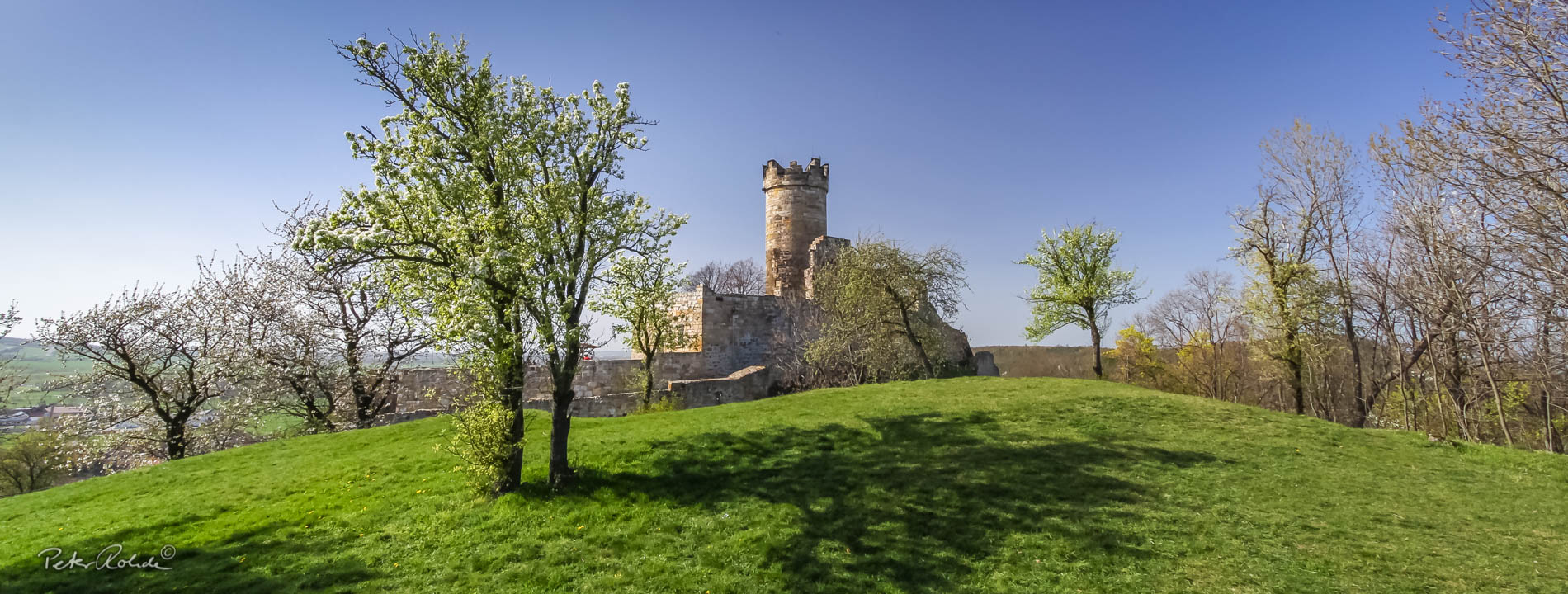

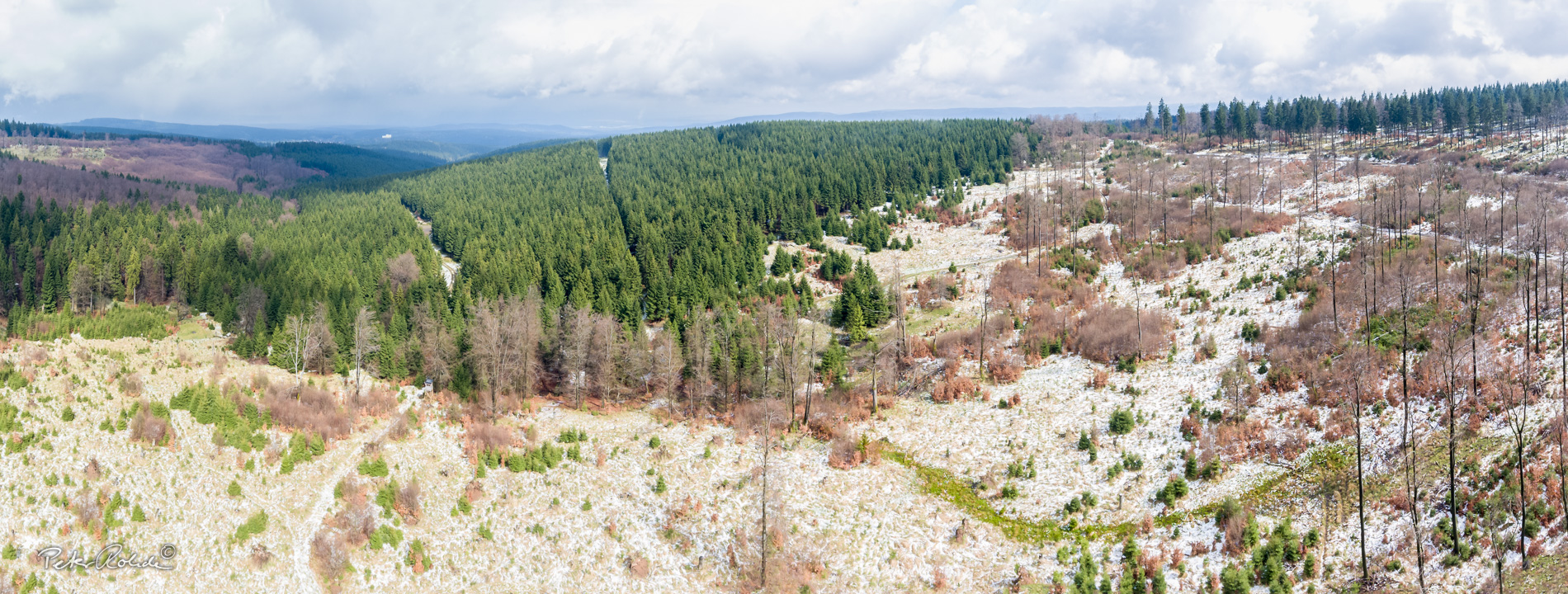









Research project "Aquatic faunas in caves"
Everyone is talking about climate change and we are now clearly feeling its effects. Drought, forest fires, melting glaciers and rising sea levels are just a few of the many dangers that man-made climate change is causing and that humanity is facing. Understanding the mechanisms of climate change is very important in order to be able to make reliable forecasts for the future and initiate countermeasures. The geoscientists are helped by tiny organisms that can be found in large numbers and which react very sensitively to environmental changes. The tiny but frequent ostracods (little crabs) are one such group of animals whose study gives us insights into past climate changes.
In cooperation with the UNESCO Global Geopark Chelmos Vouraikos in Greece and the Universities of Jena and Patras, a new research project will start shortly in the caves of the two geoparks with the aim of examining the ostracod fauna and other organisms and obtaining information on environmental changes. The German Academic Exchange Service (DAAD) supports us with a grant for research exchange. We are very pleased to contribute to research into climate change with this project and to deepen the cooperation between the UNESCO Global Geoparks Chelmos Vouraikos and Thüringen Inselsberg - Drei Gleichen. Be curious about the new research project!
What has been done so far? What results are already available? What is still planned?
As part of the cooperation, the Greek and German research teams and representatives from both geoparks and universities visited each other. A Greek team visited Thuringia in September 2022. During this visit, the Altenstein Cave in Bad Liebenstein and the Marienglashöhle in Friedrichroda were investigated. This was the first success: ostracods were found in the Altenstein cave!
A month later, the return visit to the Greek Peloponnese took place with sampling in the Cave of the Lakes, a unique stalactite cave with 13 connected underground lakes. Two streams and a karst funnel (sinkhole) were also sampled, which could be (underground) connected to the cave lakes. So far, only the samples from the Cave of the Lakes have been analysed, which contained a large number of individuals of as many as four different ostracod species - we had not expected such a diversity (variety of species) in this particular environment. This shows that some species were able to adapt in this special environment and colonise the lakes in large numbers.
The Kittelsthal Dripstone Cave near Ruhla was visited jointly by both teams in April 2023 and the cave waters were sampled. Here, too, we were able to find a few ostracods.
In November of the same year, we sampled the Karsini and Agios Taksarchis caves in Greece as well as two streams that emerge from the caves. These samples are currently undergoing micropalaeontological analysis.
In addition to the caves, we also visited scientifically and touristically interesting destinations in the geoparks, e.g. the Bromacker, the GeoMuseum in Ehrenstein Ohrdruf Castle and the GeoInfo Centre Kulturscheune Mühlburg. In Greece, we visited the astronomical Chelmos Observatory, as well as the Vouraikos Gorge and rock outcrops of conglomerates with fist-sized boulders.
We expect to publish our results in the coming year and a follow-up project is also planned. The results are to be made accessible to the public in an exhibition.
Text: Silvia Kolomaznik

